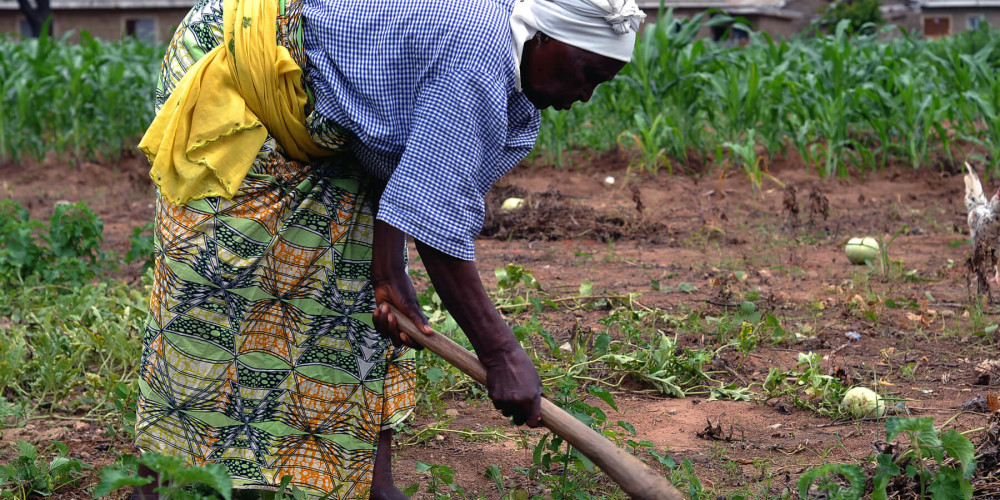KIT Blog
Are Australians at risk of Buruli ulcer?
It’s true that Buruli ulcer is on the rise in Australia. But the risk of getting Buruli ulcer in Australia is very low—even in those areas where the disease is found. If you have traveled in regions or countries where Buruli ulcer is endemic (the Mornington Peninsula, Bellarine Peninsula, Bairnsdale, Western Port and Phillip Island, the Frankston–Seaford area and the Daintree region) and think you may have an ulcer, consult your medical professional. But our health system is able to manage a rise of Buruli ulcer, even if the treatment is complicated.
The disease is caused by the bacteria M.ulcerans. It first appears as painless lumps. Over a period of weeks or months, these lumps break down to form ulcers. The disease can be treated in this early stage with a combination of antibiotics (like Multi-Drug Therapy used for leprosy). 70% of global cases—and 90% of Australian cases—are diagnosed and treated in this stage .
In many respects, it’s similar to leprosy and tuberculosis. A key difference is that the Buruli ulcer bacteria produces a unique toxin. It’s this toxin that damages tissue, creating the ulcers. In extreme cases, it can damage bone tissue. In these later stages, a combination of antibiotics and surgery is usually necessary, but it’s very unlikely that Buruli ulcer would get that far in Australia. Eventually the M.ulcerans toxin is naturally overcome and the body heals. But the damage can be so extensive that it results in permanent functional and cosmetic disability.
Buruli Ulcer is a neglected tropical disease. Like other neglected tropical diseases, Buruli ulcer disproportionately affects vulnerable people. It also disproportionately affects young people. It’s also generally found in the tropical regions of developing countries. Australia is an exception, (as is China and Japan). Here it’s most commonly found in the cool coastal regions of Victoria (and occasionally in the Daintree region of Queensland). In Australia, it’s often called the Bairnsdale ulcer because of an outbreak that happened amongst farmers of Bairnsdale, Victoria back in 1948. That year, the esteemed Australian professor Peter MacCallum and his colleagues were the first to identify the bacteria M.ulcerans as responsible. Recently there has been an unusual rise of cases in Australia, contrasting with an overall decline in most other countries. For instance, Australia had 111 new cases in 2015 . In the same year, there were 114 cases in Nigeria (a developing country with seven times the population)! Last year, Australia had 186 cases—the fifth highest rate of new cases and the only non-African country in the top nine .
How one contracts Buruli ulcer is still unclear. Some studies suggest that farming activities close to rivers may increase the risk. This is an unavoidable risk for the many subsistence farmers in those developing nations where Buruli ulcer is endemic. Imagine how under-equipped the public health systems of developing countries could be in responding to Buruli ulcer. They’re often already overwhelmed or compromised by conflict, disasters, the remoteness of villages, inadequate WaSH services, extreme poverty and poor health infrastructure. That’s why your support of the Integrated Neglected Tropical Disease and Disability project in Nigeria is so important.














